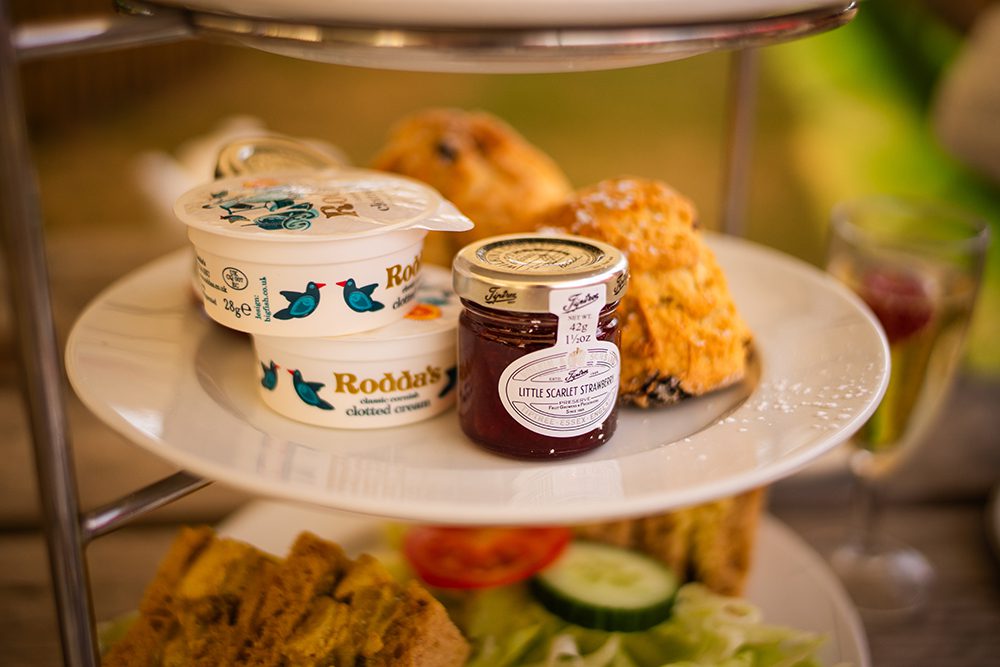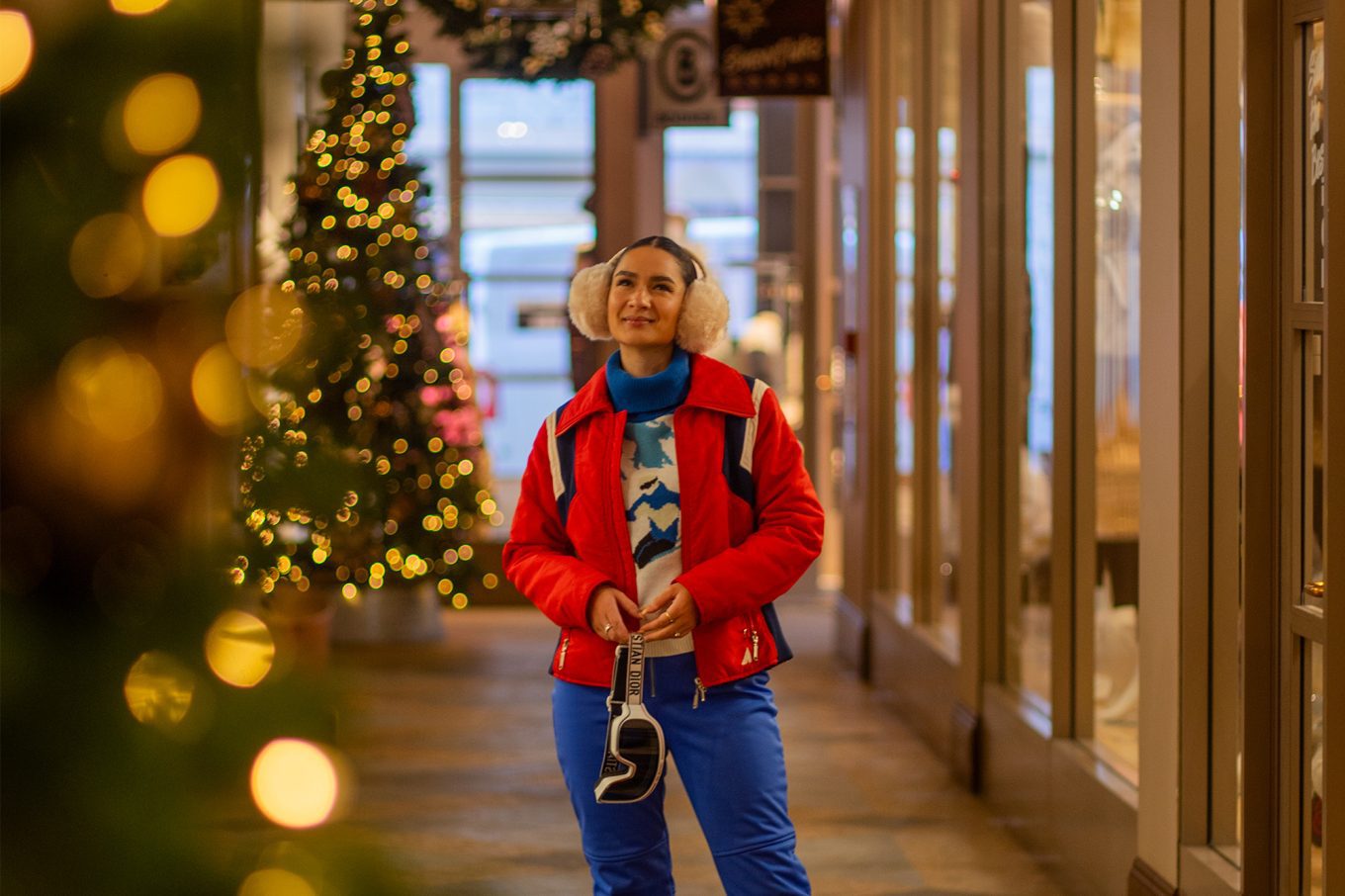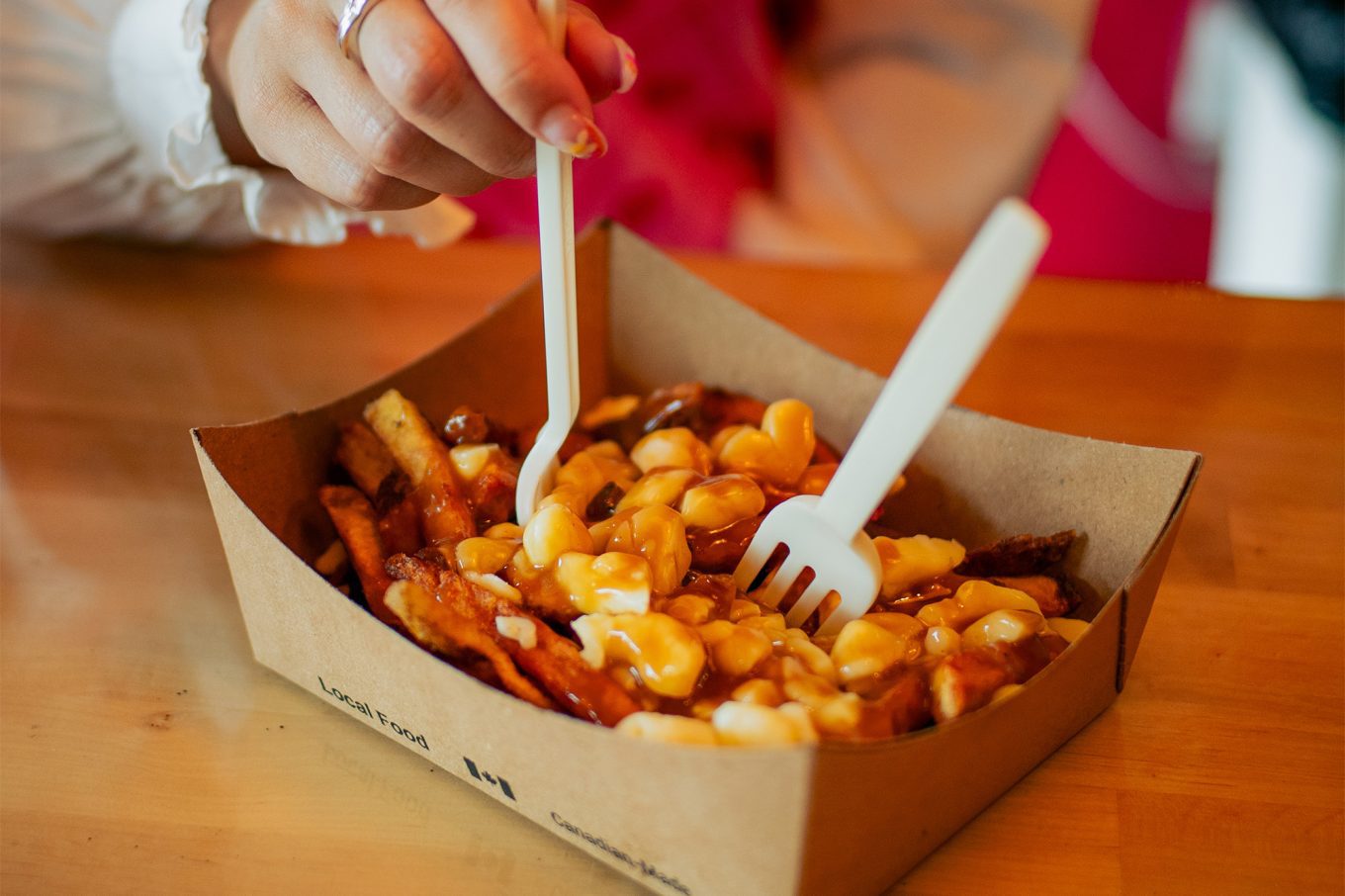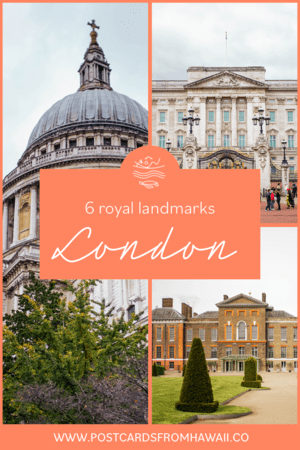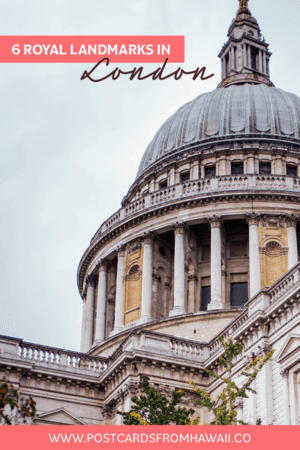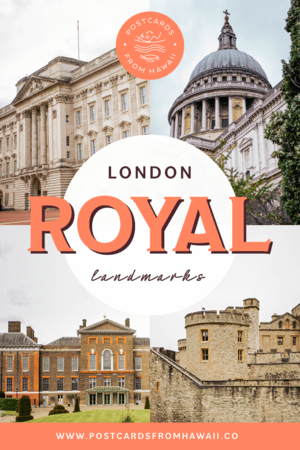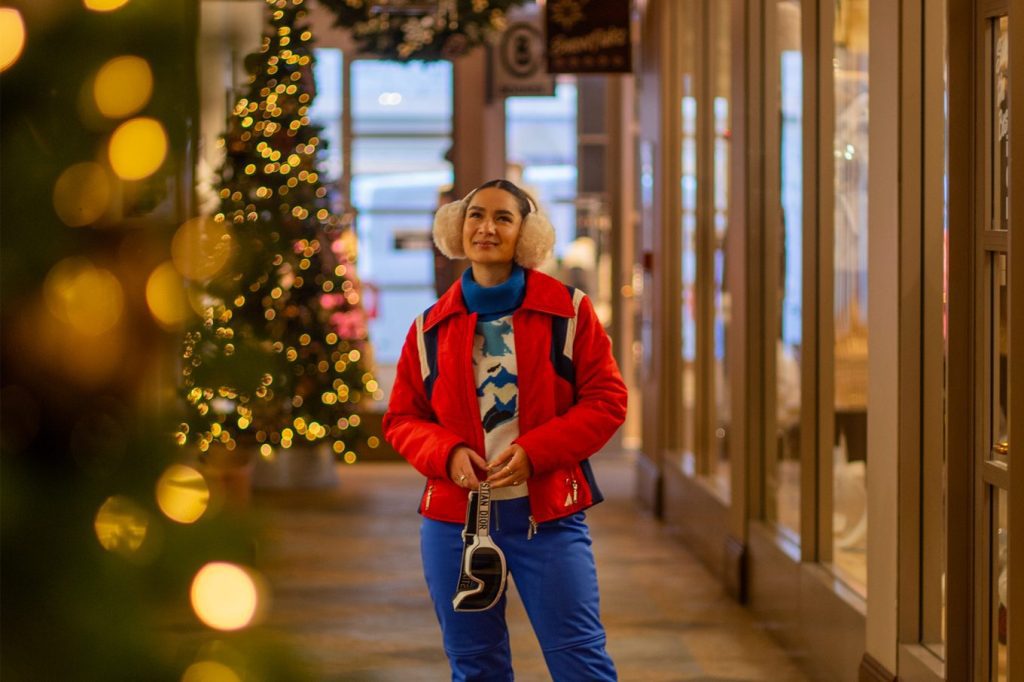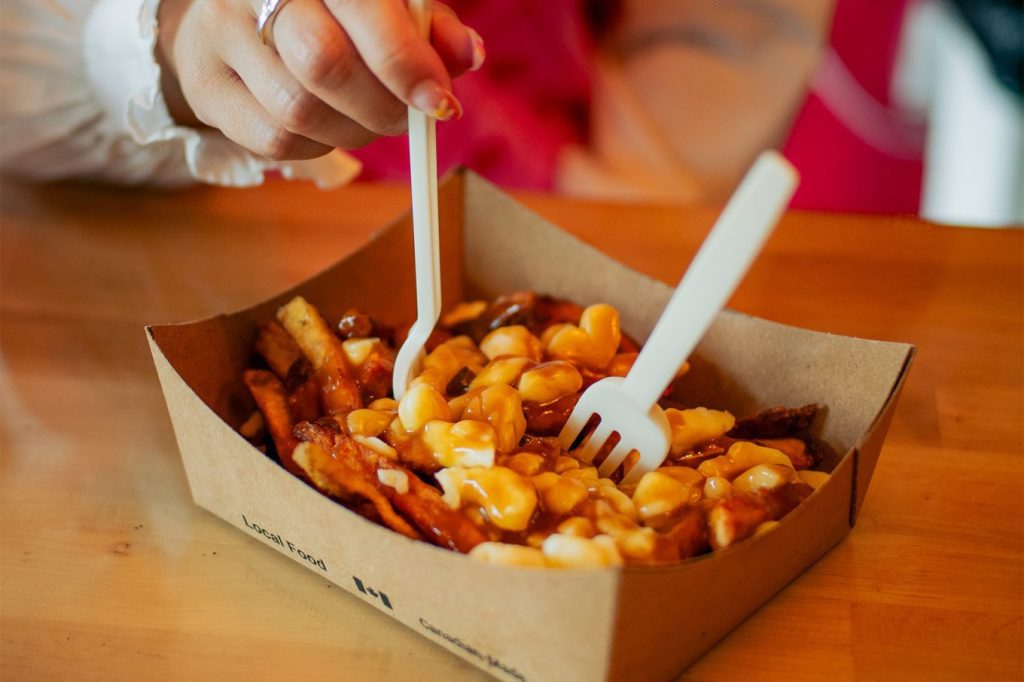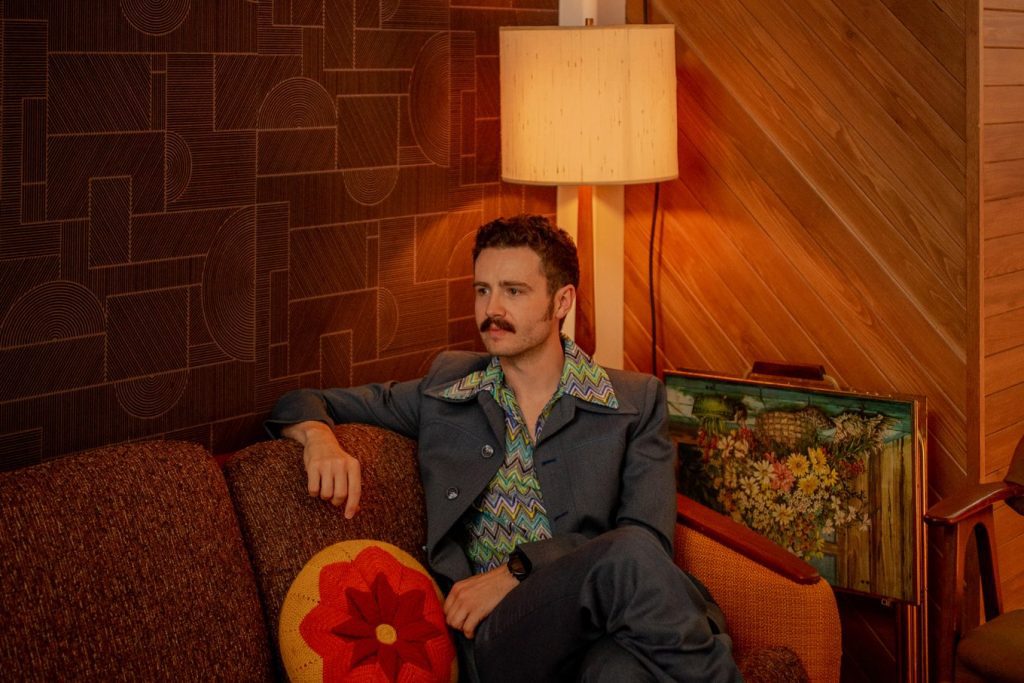From medieval to modern royal history, let me show you 6 of the most prestigious royal landmarks that you can visit in London. I’m talking palaces and churches that have seen the births, marriages, coronations and deaths of some of the most respected and/or feared monarchs and royals in British history.
Want to visit the official London home of the Duke and Duchess of Cambridge, where every British Monarch has been crowned since 1066 or the state rooms of the home to the Queen of United Kingdom of Great Britain? Who wouldn’t?! This London travel guide will help you plan days out to 6 royal landmarks in London.
1. Buckingham Palace
Buckingham Palace in the official home to Her Majesty Queen Elizabeth II, the Queen of the United Kingdom of Great Britain, Northern Ireland and the other Commonwealth realms. It is also one of the most famous royal landmarks in the world, let alone London.
Buckingham Palace is one of very few working palaces left in the world and is where we’ve seen the Royal Family celebrate jubilees, Queeny Pop’s birthday, state banquets and where we’ve witnessed a few royal kisses amongst so much more that goes on behind the scenes.
Watch the Changing of the Guard everyday at 11am during June, July and August in the forecourt of Buckingham Palace. Changing of the Guard at Buckingham Palace is the ceremony in which The Queen’s Guards hand over to the next guards on duty. It’s a classic presentation of military pomp and pageantry.
Buckingham Palace, formerly know as Buckingham House, didn’t fall into the ownership of the Royal Family until 1761 when King George III gave it to Queen Charlotte for her private residence. It didn’t become the official home to the monarch until the early 1800s upon Queen Victoria’s coronation. Additions have been made to Buckingham Palace over the centuries for it to become what we see today but no large structural changes have happened since the 1960s.
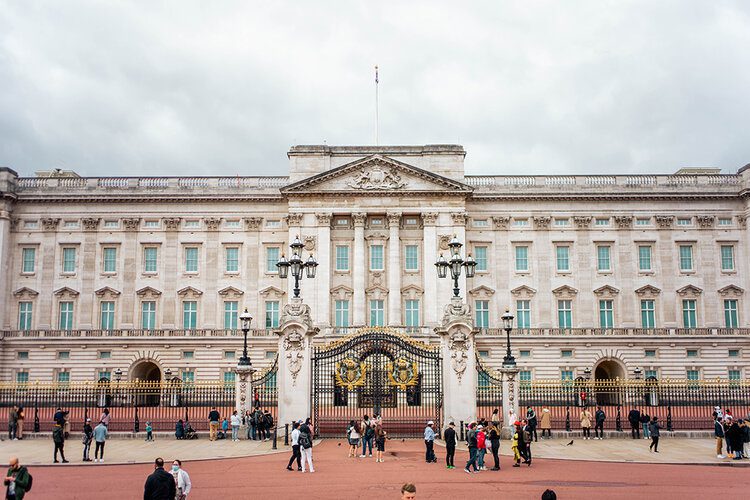
You can pay to visit within the Palace grounds but if you aren’t visiting London in spring or summer or you’re not bothered about going inside you can see the front of Buckingham Palace from the end of The Mall, opposite the Victoria Memorial.
Pop your camera between the bars for an unobstructed photo of the Palace and to get more of Buckingham Palace into your photo, take it from the Victoria Memorial fountain.
PFH Fun Fact: Buckingham Palace has 775 rooms including 19 State rooms, 52 bedrooms, 78 bathrooms, 188 staff bedrooms and 92 offices.
Closest tube stations to Buckingham Palace
St James’s Park – on the Circle and District lines.
Green Park – on the Jubilee, Piccadilly and Victoria lines.
Hyde Park Corner -on the Piccadilly Line.
Visit Buckingham Palace and gardens
During the warmer months you can pay to visit inside Buckingham Palace and/or the gardens starting from £16.50 per adult. Tickets must be booked in advance and have a timed entry.
Combination tickets for the Palace and gardens are available but limited and sell out quickly.
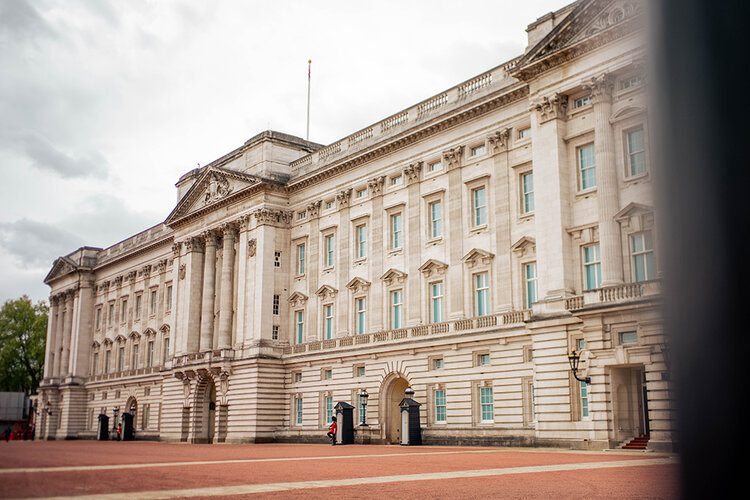
Buckingham Palace
Visit the state rooms of Buckingham Palace including the Ballroom and the Throne Room.
Fridays, Saturdays and Sundays May-June
Adult £47.50
60+ £43
Student with a valid ID £43
Children aged 5-16 years £26
Disabled with free access to one accompanying companion £26
Children under 5 go free
Family of 2 adults and up to 3 children £121
Buckingham Palace Gardens
Bring you own picnic to enjoy in Buckingham Palace Gardens and tell everyone you had lunch with the Queen, basically.
Mondays, Thursdays, Fridays, Saturdays and Sundays July – September
Adult £16.50
60+ £15
Student with a valid ID £15
Children aged 5-16 years £9
Disabled with free access to one accompanying companion £9
Children under 5 go free
Family of 2 adults and up to 3 children £42

Accessibility for Buckingham Palace and Gardens
You may use your own wheelchair or mobility scooter provided it is compatible with the lifts which measure 148cm in depth by 94cm in width with a weight limit of 500kg; and 160cm in depth by 94cm in width with a weight limit of 750kg. This is so it is compatible with the lifts.
All flights of stairs on the tour of Buckingham Palace have permanent handrails.
Manual wheelchairs and wheeled walkers are available to use free of charge if booked in advance.
Step-free access for Buckingham Palace is via the North Centre Gate at the front of the Palace. There is a platform lift in to the Grand Entrance.
You are permitted to use walking sticks or folding stools with seat attachments, provided they have rubber stoppers to prevent any damage to the floors.
Assistant animals are welcome.
Accessible toilets are available at the Royal Mews, Marble Hall and in the gardens.
The garden path is a hard gravel.
2. Kensington Palace
Kensington Palace within Kensington Gardens is where Queen Victoria was born and resided until her accession to the throne in 1838. Before that it was used as a holiday home of new monarchs William III and Mary II in the late 1600s.
In more recent years Kensington Palace has been home to Princess Margaret and her family, Diana, Princess of Wales and Prince Charles raised Prince William and Prince Harry there and it is the official London home of The Duke and Duchess of Cambridge and their 3 children, though they spend most of their time on the Sandringham Estate in Norfolk (near where I grew up!).
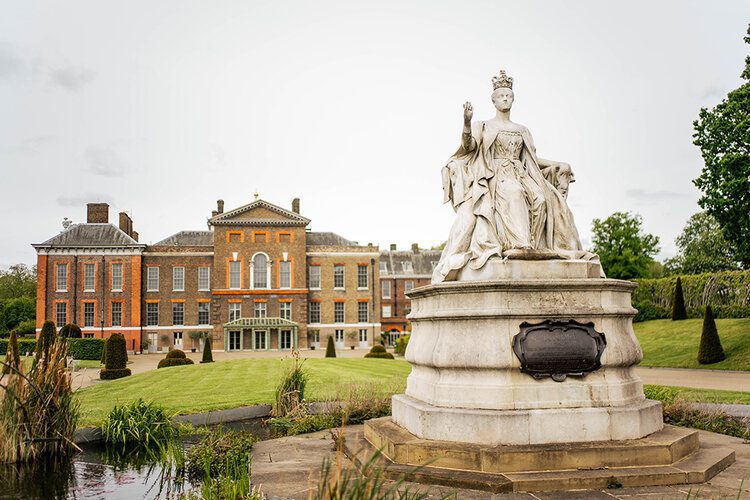
PFH Fun Fact: The grand statue of Queen Victoria on display on the West Front of Kensington Palace was made by her daughter, Louise, a talented sculptor. It was unveiled in 1893 to celebrate Queen Victoria’s Golden Jubilee.
Visit Kensington Palace
Wednesday-Sunday: 10am-6pm
Tickets for Kensington Palace include access to King William III State Apartments, Queen Mary II State Apartments, the Palace Gardens and an exhibition on Queen Victoria’s life including her childhood and 64 year long reign.
Adult (aged 18-64) £23
16-17 year olds or students with a valid ID £18.40
65+ £24 or £18.40
Disabled £24 or £18.40
Children aged 5-15 years £11.50
Children under 5 go free
Family of 1 adult and up to 3 children £40.20
Family of 2 adults and up to 3 children £63.20
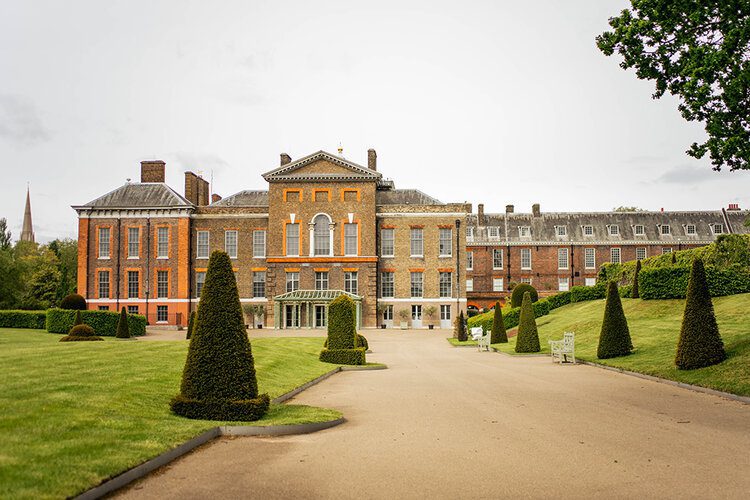
Closest tube stations to Kensington Palace
Queensway – on the Central line.
Notting Hill Gate – on Central, Circle and District lines.
High Street Kensington – on the Circle and District lines.
Accessibility for Kensington Palace
Describer tours and British Sign Language tours are available to blind or partially sighted and deaf or hard of hearing visitors for the King’s State Apartments and the Victoria: A Royal Childhood exhibitions. They’re included in the ticket cost but you must book these tours 2 weeks in advance to your visit.
Heads up, for conservation purposes many of the rooms have low lighting.
Kensington Palace has level access from the gardens and all three floors are accessible via a lift.
Manual wheelchairs are available to borrow upon request but they are only available on a first-come, first-served basis.
A service that offers electric buggies to those who find it difficult to access all of Hyde Park and Kensington Gardens is available Monday-Friday from 1st May-31st October.
3. St James’s Palace
Located opposite St James’s Park, along The Mall is St James’s Palace. Unlike the previous two palaces, St James’s Palace lacks flair, however it is 1-2 centuries older than the others. St James’s Palace is a red brick Tudor palace which was built in the 1530s for Henry VIII and is the oldest royal palace in the United Kingdom.
Impressively many of the original parts of the palace have survived wars and fires including the Chapel Royal where many royals were baptised including King Charles II, King James II, Queen Mary II and Queen Anne. The Chapel Royal is also where Queen Victoria married Prince Albert in 1840.
St James’s Palace is best seen from the corner where Pall Mall meets St James’s Street. There is no public access to St James’s Palace.
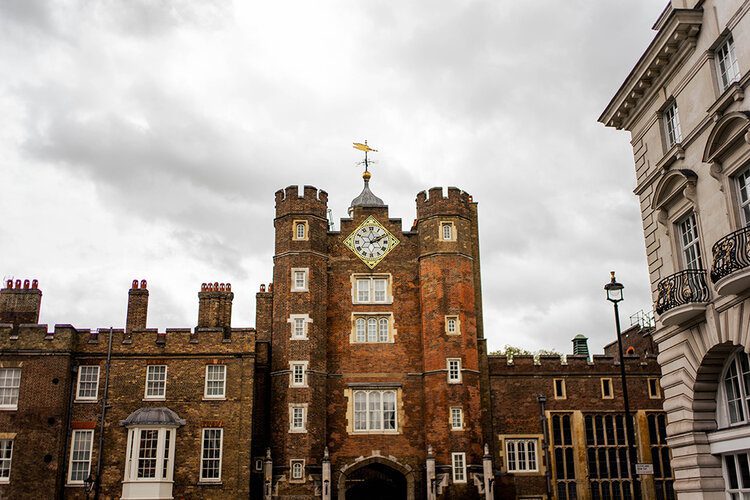
Closest tube station to St James’s Palace
St James’s Park – on the Circle and District lines.
Green Park – on the Jubilee, Piccadilly and Victoria lines.
4. Tower of London
The medieval castle that is Tower of London was built in 1066 by William the Conqueror. If that sounds familiar it’s because I’ve previously written about a castle he built in my blog post, 5 best things to do in and around Colchester, Essex.
Tower of London has a bloody and grim past from the 800 years it was used as a prison and execution site for some very high profile people including two of Henry VIII’s wives, Anne Boleyn and Katherine Howard. The last execution to take place was 15 August 1941 (so recent!!) for a man found spying for Germany during the Second World War.
Thankfully, Tower of London has a far less disgusting purpose these days, in fact it’s quite the opposite as it is now home to the collection of the Crown Jewels.
PFH Fun Fact: St Edward’s Crown, the official coronation crown (the one in the opening title sequence for The Crown), weighs 2.23kg, that’s nearly 5lbs.
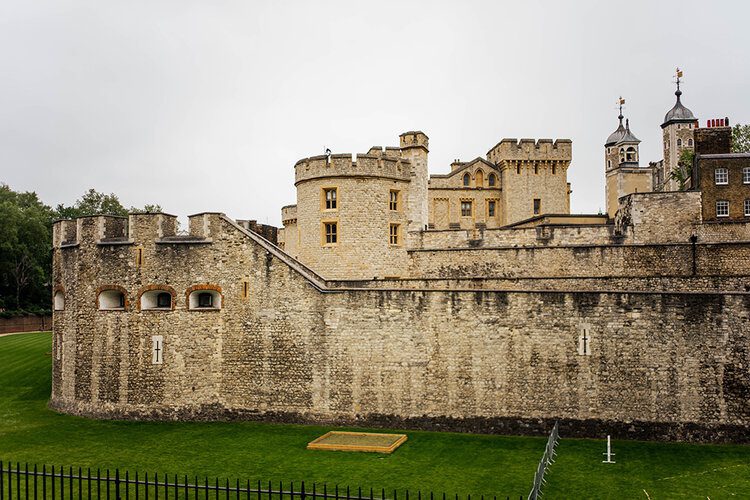
Closest tube station to the Tower of London
Tower Hill – on the Circle and District lines.
Visit Tower of London
You can visit the Tower of London and see the crown jewels by booking a ticket in advance. Tickets give you access to the Crown Jewels exhibition, the Chapel of St Peter ad Vincula, the White Tower, the Royal Mint Exhibition and the Bloody Tower and Torture exhibition.
Wednesday-Sunday 10am-6pm
Adult (aged 18-64) £29.90 or £28.90 off peak
16-17 year olds or students with a valid ID £24 or £23.20 off peak
65+ £24 or £23.20 off peak
Disabled £24 or £23.20 off peak
Children aged 5-15 years £14.90 or £14.40 off peak
Children under 5 go free
Family of 1 adult and up to 3 children £52.20 or £50.50 off peak
Family of 2 adults and up to 3 children £82.10 or £79.40
Peak ticket prices are Friday – Sunday and every day throughout July and August.
Accessibility for Tower of London
Induction loops are available at ticket booths and the Welcome Centre.
Assistance and guide dogs are permitted.
Manual wheelchairs are available to borrow upon request but they are only available on a first-come, first-served basis. Due to the nature of the building, floors are uneven, there are narrow passageways and multiple flights of stairs within the grounds.
There’s a lift in the White Tower which takes visitors to the basement.
Ramps are available near the New Armouries café and the Raven shop.
Click here for more information on visiting with Autistic children from the National Autistic Society.
5. St Paul’s Cathedral
St Paul’s Cathedral is the second largest Anglican church in England and is located on the highest point of the City of London. This Grade I listed building was completed in 1710 and has been the location of some very significant royal and state celebrations both joyful and sombre.
St Paul’s cathedral is where the funerals for Lord Admiral Nelson, the Duke of Wellington and former Prime Ministers, Sir Winston Churchill and Baroness Thatcher were held.
Some of it’s more joyful events include services that marked the end of both WWI and WWII, Queen Elizabeth II’s 90th birthday and Diamond Jubilee (60 years of reign) and it is also where 750 million people all around the world switched on their TV sets to watch Charles, the Prince of Wales marry Diana, Princess of Wales.
For tips on where to get photos of or with St Paul’s Cathedral take a look at my blog post, 10 iconic London landmarks you must see.
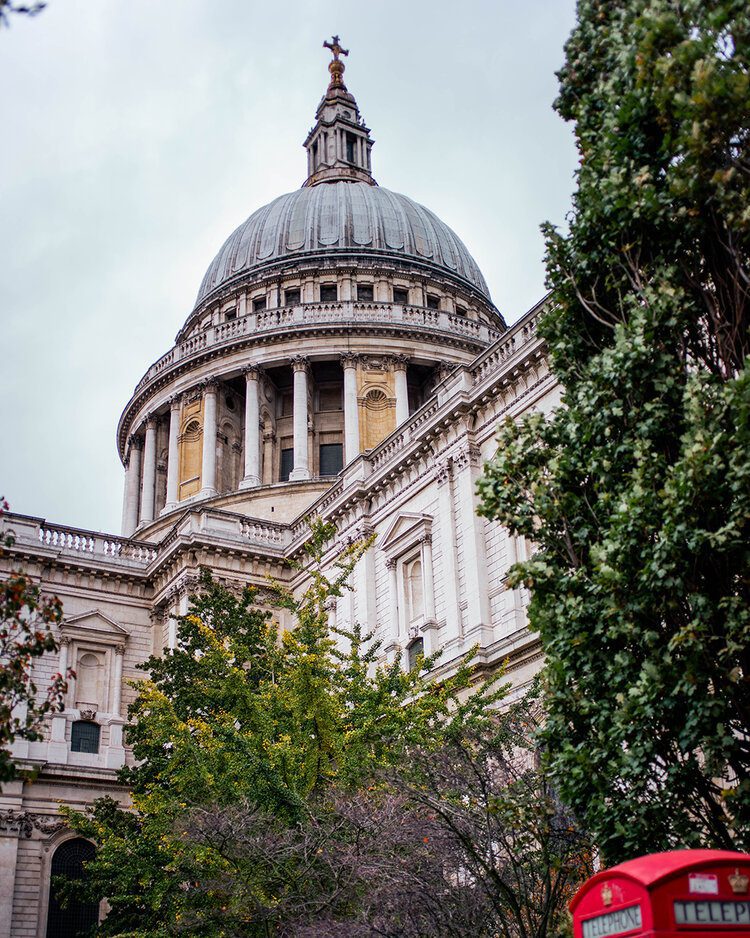
Closest tube station to St Paul’s Cathedral
St Paul’s – on the Central line.
Visit St Paul’s Cathedral
Monday-Saturday 12pm-4.30pm
Tickets must be booked to visit St Paul’s Cathedral and visits are only permitted for 30 minutes
Adult £17
60+ £15
Student with a valid ID £15
Children aged 6-17 years £7.20
Disabled with access to one accompanying companion go free
Children under 5 go free
Family of 2 adults and up to 3 children £41.20
Family of 1 adult and up to 3 children £29
NHS staff get free entry
Accessibility for St Paul’s Cathedral
St Paul’s Cathedral is currently working on installing a permanent accessible entrance to the north side of the Cathedral. It’s the most significant external change to the Cathedral in 300 years.
The south churchyard entrance is step-free for entry for wheelchair users and people who cannot negotiate the main west front steps.
The south churchyard entrance leads to a modern lift serving the crypt and Cathedral floor. The lift space measures 1,400mm length x 1,300mm width.
The quire and sacrarium on the Cathedral floor have a small user-operated chairlift.
A temporary ramp is currently in place on the south side.
Wheelchairs are available on request. Mobility Scooters and wheelchairs are permitted.
Audio description tours are available as well as a guided touch tour if booked in advance.
Braille copies of the order of service are also available.
St Paul’s Cathedral has a hearing loop system that is used during all services.
A multimedia British Sign Language and subtitled tour is available upon request.
Assistance dogs are permitted within St Paul’s Cathedral.
Left handed, right handed and ambulant unisex cubicles are all located within the crypt. Accessible toilets are available near Paternoster Square and in One New Change shopping centre.
6. Palace of Westminster and Westminster Abbey
The Houses of Parliament located along the river Thames in Westminster is where the House of Commons and House of Lords sit to form the UK’s parliament. However, previous to this use it was yet another Palace of London. Before the Houses of Parliament we can see today was built, it was originally the location of a medieval palace that was completed in the 11th century and was the primary residence to the monarchy, so we’re talking pre-St James’s Palace. The original Palace of Westminster was replaced in the 1800s after it was destroyed in a fire. Though no royal use it as an official residence it still remains a property of the Crown.
The Palace of Westminster is also where you will find one of London’s instantly recognisable landmarks: Elizabeth Tower and Big Ben.
PFH Fun Fact: Elizabeth Tower and Big Ben has stood for the premiership of 41 Prime Minsters and the reign of six monarchs.
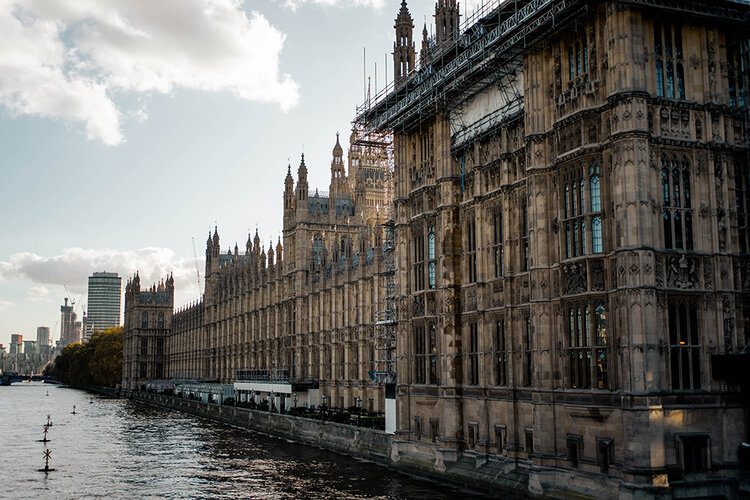
Westminster Abbey, another Grade I listed building, took a whopping 500 years to complete and has been at the forefront for some of the most prestigious royal ceremonies in the history of the United Kingdom:
On 20 November 1947 it was where Queen Elizabeth II married Prince Philip, Duke of Edinburgh.
On 29 April 2011 it was where Prince William married Catherine, Duchess of Cambridge.
Westminster Abbey is also where every Coronation of a British Monarch has happened since 1066.
For the best place to get a photo of Westminster Abbey, stand on the pavement (sidewalk) where Victoria Street meets Storey’s Gate.
Closest tube station to the Palace of Westminster and Westminster Abbey
St Paul’s – on the Circle and District lines.
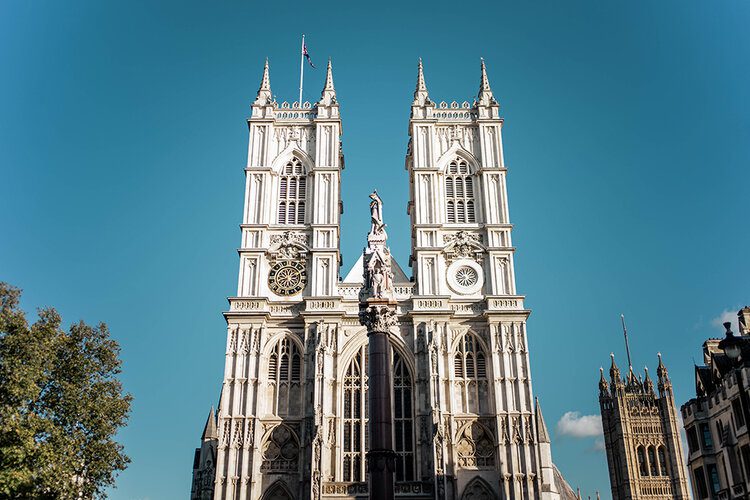
Visit Westminster Abbey
Westminster Abbey is open to visitors on Mondays, Tuesdays and Fridays 9.30am-3.30pm and Saturdays from 9am-1pm.
Tickets must be booked in advance and access is only granted for 30 minutes.
Adult £18
Child aged 6-17 years £7
1 adult and 1 child £18
Westminster is open for worship for free on Wednesdays, Thursday and Sundays.
Accessibility for Westminster Abbey
The North Door has ramp access.
Some areas of the Abbey are inaccessible to wheelchairs and visitors with reduced mobility.
Wheelchairs are available to use upon request.
Accessible toilets are located in the Cloisters.
An audio description tour is available upon request.
Assistance dogs are permitted.
Westminster Abbey has a hearing loop system that is used during all services.
A multimedia British Sign Language tour is available upon request.
If you found this blog post on 6 Royal landmarks in London to visit please let me know in the comments. I hope you enjoy visiting them!
If you’re interested in learning more about the Royal Family, London is rich with centuries of royal history and there is so much more to see and learn about beyond these 6 landmarks.
Do more on & for the planet



